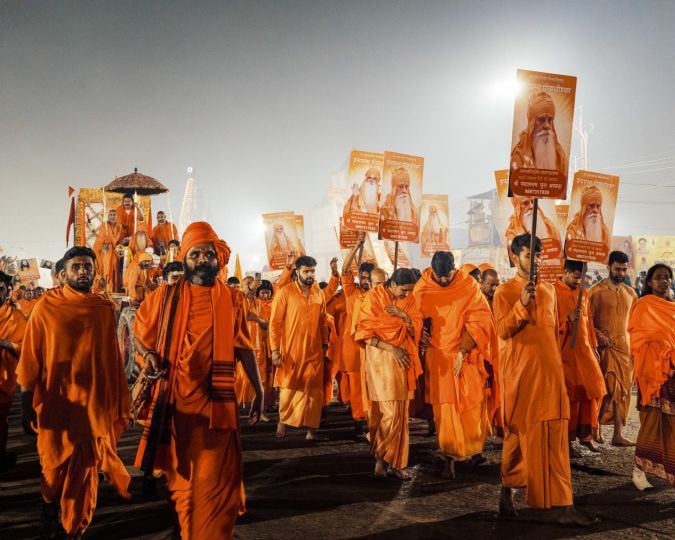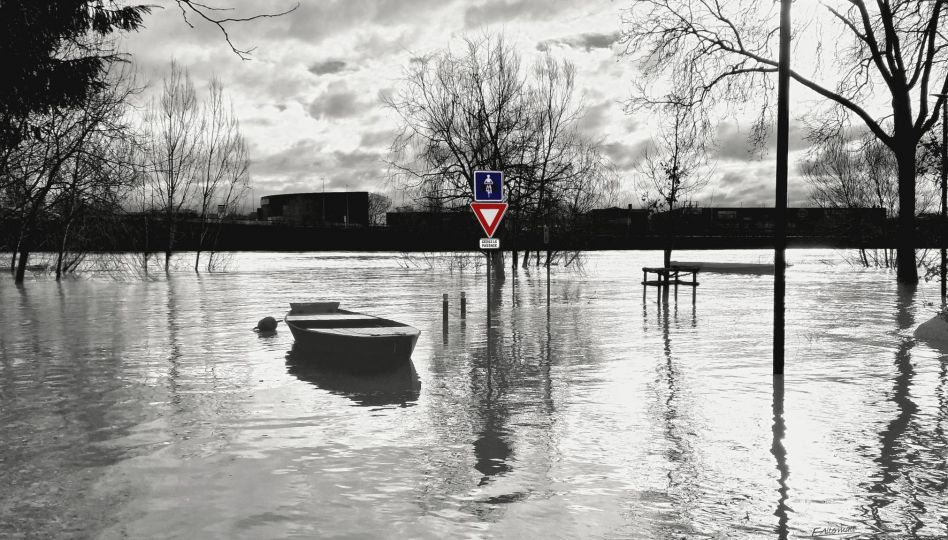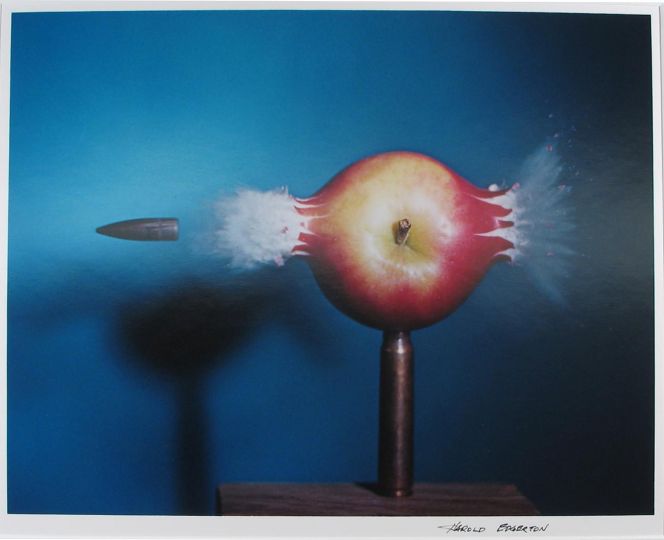While waiting to see firsthand again the 55 previously unseen photographs Kenro Izu donated to the FMAV – Fondazione Modena Arti Visive, a virtual preview can be looked through thanks to the videoclips dedicated to the exhibition at FMAV MATA (www.fmav.org/mostre-e-attivita/). Requiem for Pompei deals with the ancient city and the subtle fascination of the ruins the eruption of the Mount Vesuvius left behind in 79 AD. Furthermore, Kenro Izu, composed his images including the casts of the victims (the clay-body of those who once lived here) in pity, respect and compassion, as if looking at the scene through the pietas of the ancient. The exhibition, curated by Chiara Dall’Olio and Daniele De Luigi is co-promoted by the Pompeii Archaeological Park.
Kenro Izu’s idea is not a mere documentation of the Pompeii ruins, however fascinating and famous. Instead, his aim is to emphasize the suspended atmosphere of this very place, somehow recalling the feelings Giuseppe Fiorelli got while discovering the drama included in each of these casts, who once were humans. Indeed, their bodies remained in the same position as when the pyroclastic flow hit them and the form of their bodies was preserved, covered by layers of ash.
During his first trip to Egypt, in 1979, Kenro Izu was amazed by the sense of transcendence communicated by the ruins: it was the very beginning of one of his most famous series, Sacred Places, that connected many of his photographic “campaigns” in some of the best-known archaeological sites in the world.
People often ask Kenro Izu about the meaning of his shooting monuments. “It’s the closest to something capable of lasting forever (despite the fact) that even stone is not eternal, as Buddhism teaches us. Our own life, the life of a flower, even the one of a stone are nothing but a moment in eternity”, Izu says.
Requiem for Pompei is a project he began in 2015, in collaboration with the Fondazione Fotografia Modena, dedicated to the Campanian city. As curators Chiara Dall’Olio and Daniele De Luigi explain, “Kenro Izu, has the extraordinary ability to bring down the walls of time, linking our spirits to those of the people of past times. His prayer for Pompeii brings us close to the victims of that distant tragedy, but, as the artist underlines, at the same time it reminds us of similar calamities that could happen at any time and in any place in the world today”.
As Daniele Pittèri, the FMAV director, states, “thanks also to the extraordinary black and white of his images, Kenro Izu composes the score for a requiem for contemporary civilization through the human traces that he scatters among the ruins of Pompeii, swept away by the violence of nature (…) . Kenro Izu uses the contrast between the immobility of the petrified human bodies and the monumental ruins which have become part of the landscape and surrounding nature, along with the ‘definitive’ staticity of his images, to imagine a bitter future for humankind, with its obliviousness of the past and inability to realize the consequences of its actions.”
“The plaster casts of Pompeii, brainchild of Giuseppe Fiorelli, have always aroused curiosity (…). We are able to remember and pity the victims of the eruption, thanks to this shape that he managed to give to the pain of death. So Pompeii is already a Requiem for those who experienced that tragedy. Even more, however, it is a reflection on humankind’s (…) impotence before our fate. With his touching photographs, (…) Izu manages to rekindle this profound sense of compassion towards human drama preserved by the ancient city. (…)”, Massimo Osanna, Director of Pompeii Archaeological Park, adds.
Requiem: The Book
Requiem is the book by Kenro Izu, published simultaneously with the exhibition in Modena. It includes 72 images and contributions by Malcolm Daniel (Gus and Lyndall Wortham Curator of Photography, The Museum of Fine Arts, Houston), Massimo Osanna and Filippo Maggia.
“Ash was now falling (…) Dense blackness loomed behind us, pursuing us like a torrent poured out over the earth (…). Again and again we got up to shake off the ash, otherwise we would have been covered and even crusched by the weight”. That’s the terrifying scene described by Plinius the Younger. As Malcolm Daniel underlines, the letter Plinius sent to Tacitus, “is the only surviving eyewitness account of the eruption of Vesuvius”. And those ashes made Pompeii a unique “time capsule sealed before anyone could consider what was or was not worthy of preserving for the future”.
As for other places that fascinated Izu, time was an essential element in Izu’s photographs, even for Pompeii. Though he used a medium-format digital camera, he also took photos with his large format view camera. And it takes time. I don’t just mean esposure time, for including all the sublime in a shot, is a slow process, as Stendhal put it so well.
“Izu’s work is neither a fictionalized historical reinterpretation (…) nor staged photography; rather it is a tribute to the people of Pompeii and Herculaneum”, Filippo Maggia adds.
The book is a bi-lingual text, published by Skira editore (120 pages, 72 images).
Paola Sammartano
Paola Sammartano is a journalist, specialized in arts and photography, based in Milan
Kenro Izu: Requiem for Pompei
December 6, 2019 – May 30, 2020
FMAV MATA – Ex Manifattura Tabacchi
via della Manifattura dei Tabacchi 83
41121 Modena, Italy
















